
Inventory Count: Thursday, April 24th – Friday, April 25th. Resuming normal operations on Monday, April 28th. To avoid delays, check the order cutoff date: More Details
Home / Tips & Advice / Tips on Treating and Preventing Root Rot
Home / Tips & Advice / Tips on Treating and Preventing Root Rot
Recent Posts


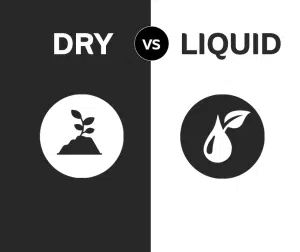

Upcoming Events
Latest Comments
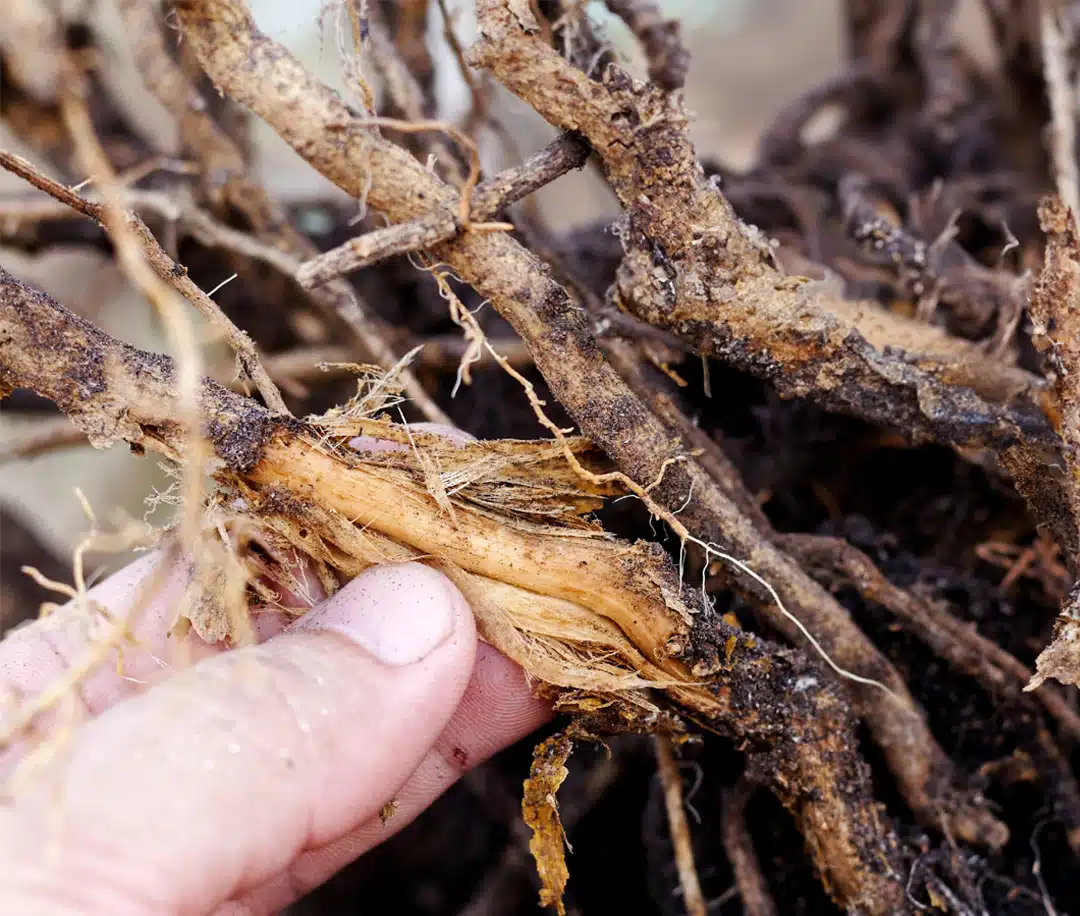
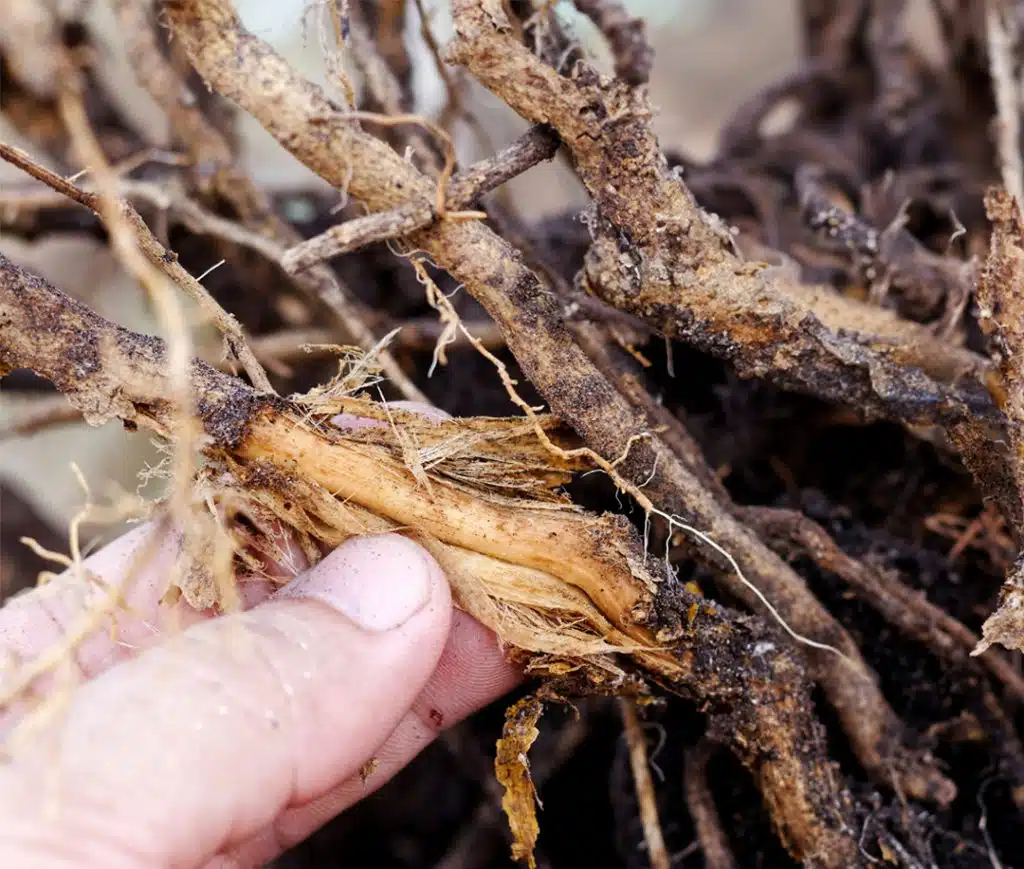
Root rot is the archnemesis of the hydroponic gardener. If left untreated, root rot (pythium) can spread like wildfire and quickly disrupt natural growth patterns. At the extreme, rot can potentially devastate a crop and leave nothing but the withered and maimed structure of once happily growing plants. But how do we treat root rot? Or better yet, how can we avoid it? Like most problems in the garden, root rot can be avoided by following a routine of care and consistency; however, when problems arise, tools and techniques are widely available to help remedy issues like root rot. Read the following passages for tips on treating, preventing and managing root rot:
Root rot, or pythium, is a fungal root disease that can be induced and identified in various indoor, outdoor, greenhouse and hydroponic crops. While pests like fungus gnats can transfer the pythium pathogen, the most likely cause of root rot is a lack of drainage, oxygen, or the unmitigated presence of moisture in soil/soilless containers. Roots exposed to rot will cease to expand, become dark, and in the most extreme cases, develop a reddish-brown sludge that will quickly consume the root ball.
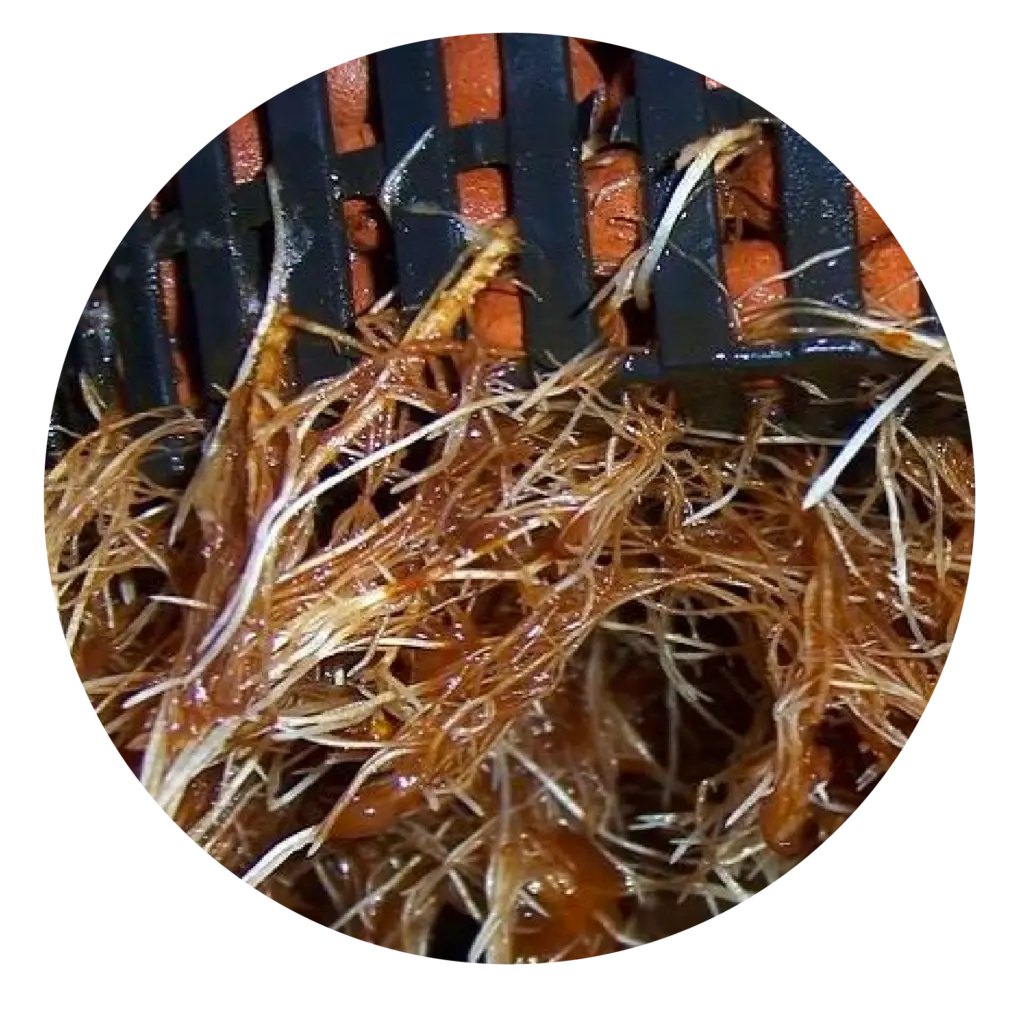
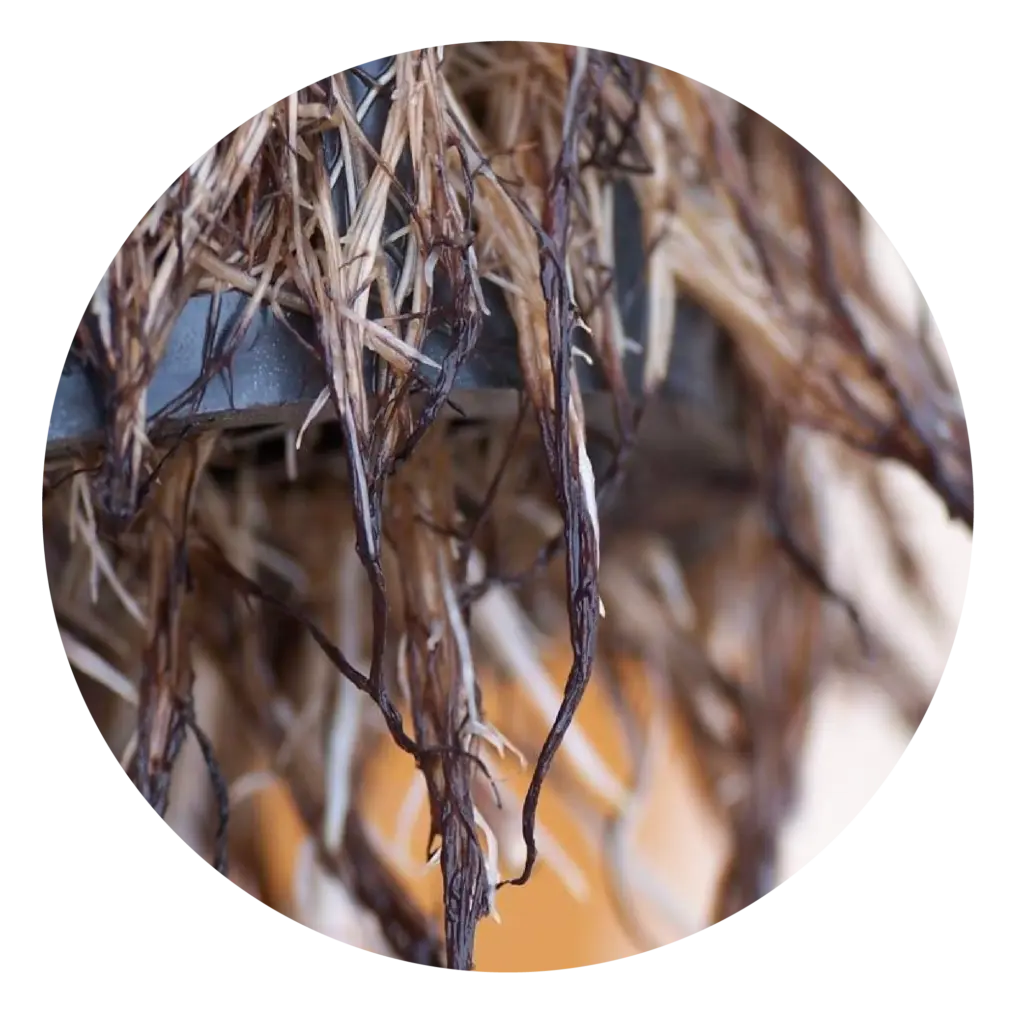
Plants outside soils are also susceptible to root disease, especially if they share the same water. For example, most hydroponic systems have a central reservoir responsible for expelling and recirculating water back and forth from containers, buckets or net pots. If a single plant becomes contaminated, the likelihood of pythium exposure to the rest of the garden is exponentially increased. If left to rot, root disease in hydroponic systems can be the most devastating.
Among other causes, root rot in soil systems is most likely caused by insufficient drainage, damp soil, overwatering or a poorly functioning root system. So, to avoid root rot in soil gardens, invest in a porous medium or inert compound that loosens dense or muddy soils: peat moss, coco, perlite, volcanic pebbles, and vermiculite are all good examples of highly porous mediums. Also, allow these medium sufficient time to dry out – approximate the weight of a completely saturated plant and compare this weight with a plant in need of water. Root rot can be easily prevented in mediums like peat moss and coco by giving your plants sufficient time between irrigations. These tips and regularly supplying your plants with root-enhancing additives are a sure way to keep root disease at bay.

Unlike soil systems, water-based gardens are more susceptible to root rot, especially if the nutrient solution is shared between plants or water temperatures are left unmitigated. Hydroponic systems like deep-water culture (DWC), flood and drain (ebb & flow) and aeroponic are at the most high risk for developing rampant root disease – it only takes a single plant to become contaminated to put the entire crop at risk.
Pythium, in hydroponics, is usually induced by high or unstable water temperatures. Oxygen levels are low in water temperatures above 72°F (22°C), and when mixed with acidic plant food, a hydroponic system can quickly become the perfect breeding ground for plant disease. To prevent root rot in hydroponic systems, manage and monitor the temperature of your nutrient solution. To ensure your plants maintain regular periods of growth, attempt to stabilize your water temperature around 65°F (18°C).
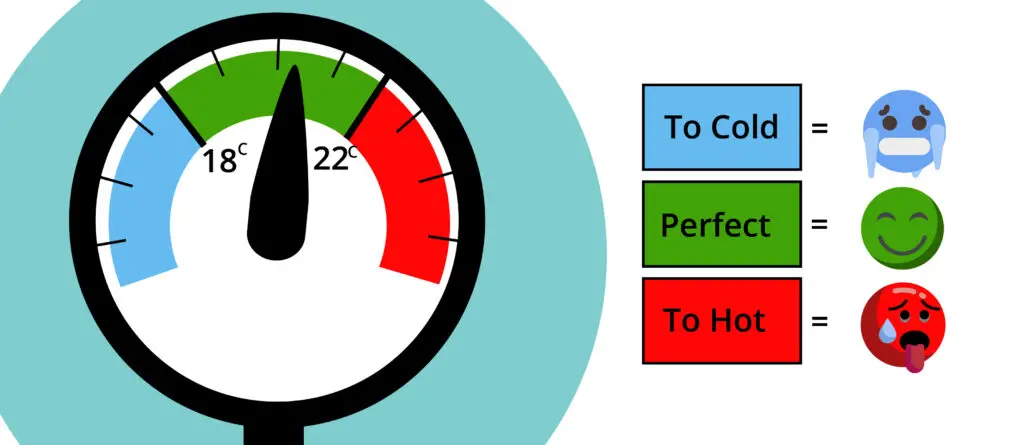
Identifying root rot can be challenging, especially since the root zone is not visible to gardeners. So, rely on your plant’s foliage as an indicator of potential root disease. Here are some foliar characteristics of a plant with root rot: withered or drooping leaves, discolouration, mutated growth and decreased water and food consumption.
Upon noticing a massive decrease in water and food consumption, growers can monitor the daily drinking habits of their plants. This can be done in both hydroponic and soil-based systems. To monitor the water consumption of plants in hydroponic systems, measure the water level of your reservoir daily. If your crop’s water consumption does not increase over time, root disease has likely affected the health of your plants. In soil-based systems, approximate how long your plants can dry out completely. If the time between waterings regularly decreases, root disease may have begun to affect your plant’s metabolism negatively.

After identifying the characteristics and causes of root rot, it’s best to do what you can to prevent it from occurring rather than limping your crop through the final weeks of harvest. The best way to combat root rot is to avoid it completely by implementing a source of beneficial microbes to help keep root zones healthy. For a quality source of beneficial bacteria, use GreenPlanet Nutrients Root Builder.
So remember, quality controls like resistant genetics, stable systems, care and consistency all play an essential role in treating and preventing root rot. Need support in the garden? GreenPlanet is here to help! For more information on the products or information mentioned in this article, contact your GreenPlanet representative directly or your local garden supply store.
GP NUTRIENTS
COMPANY
CONSUMER
OUR WORLD
CONNECT
NEWSLETTER
usinfo@mygreenplanet.com
+1-866-913-4769
Monday: 8am – 4:30pm
Tuesday: 8am – 4:30pm
Wednesday: 8am – 4:30pm
Thursday: 8am – 4:30pm
Friday: 8am – 4:30pm
Saturday: Closed
Sunday: Closed
Week of Dec 18-22- Regular operating hours
Dec 25- Closed (Stat Holiday)
Dec 26- Closed (Non-Stat day off with pay)
Dec 27-29- Regular operating hours
Jan 1- Closed (Stat Holiday)
Jan 2-5- Regular operating hours
Recent Comments